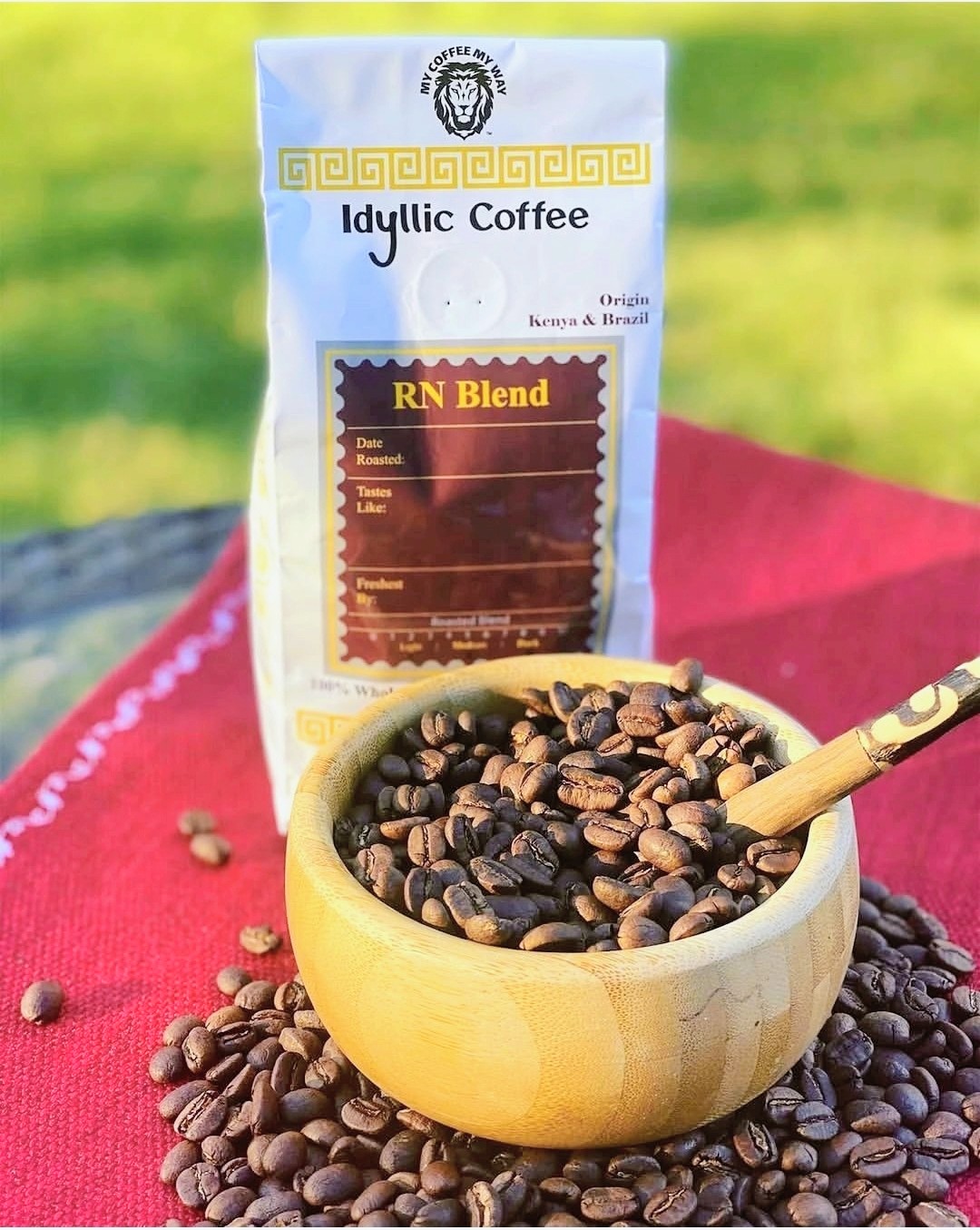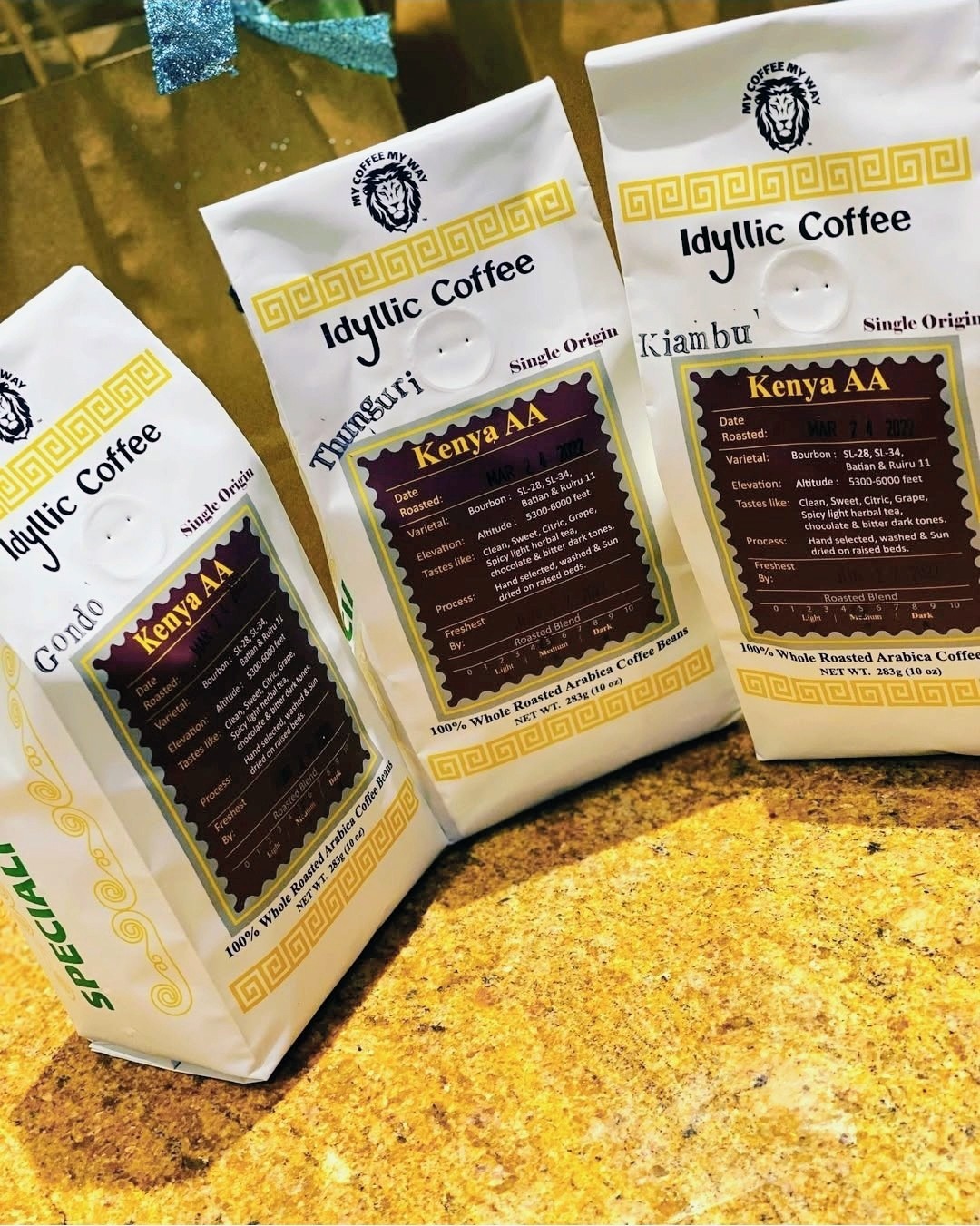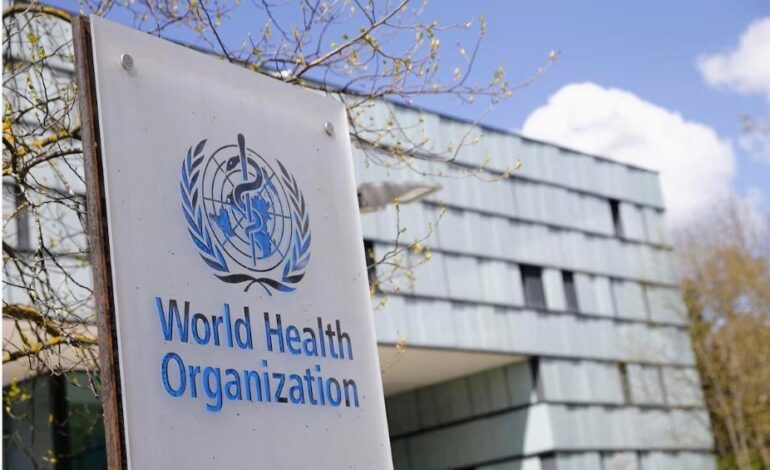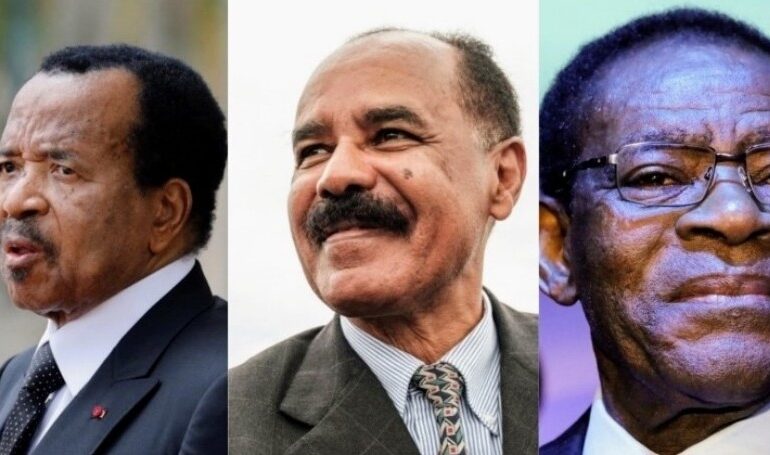
Wayne Lumbasi
Across Africa, a handful of men have held onto power for decades some ruling longer than the age of their nations’ young populations. Their longevity has shaped entire economies, justice systems, and the fate of millions. While some brought stability and early progress, most later presided over corruption, repression, and fading prosperity.
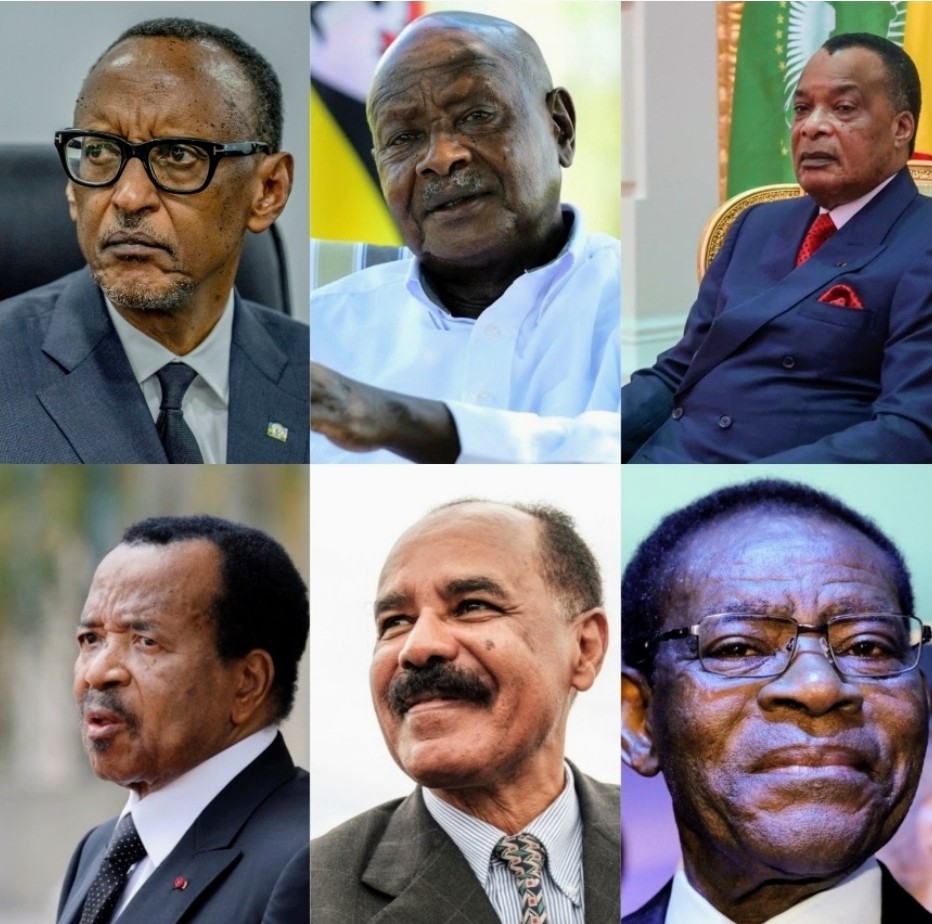
Here’s a closer look at Africa’s longest-serving presidents – how their countries have performed economically, where they stand on justice, on human rights, and just how rich their regimes have become.
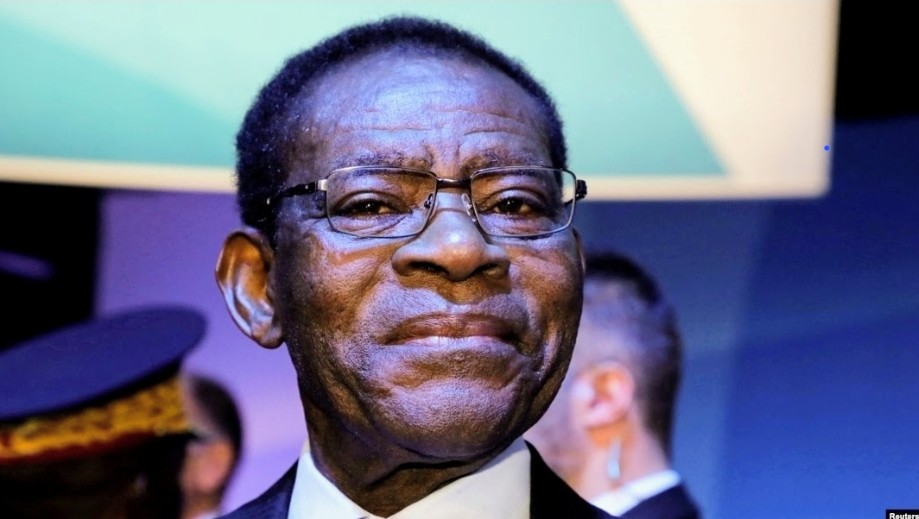
TEODORO OBIANG – Oil, Palaces and Empty Promises (Equatorial Guinea 🇬🇶 1979–present)
At first glance, Equatorial Guinea looks wealthy – boasting a GDP per capita of about $5,100 (2023), among Africa’s highest. Yet behind the glitter of oil wealth lies deep poverty. Obiang’s rule has turned the state into one of the world’s most corrupt, scoring just 13/100 on the 2024 Corruption Perceptions Index, ranking 173rd of 180 countries. It is said that the country’s bank accounts are personal piggy banks to the authoritarian tyrant.
The economy has shrunk with falling oil prices, and ordinary citizens live with poor healthcare, weak education, and virtually no political freedom. Human rights are almost nonexistent, and justice depends entirely on proximity to power.
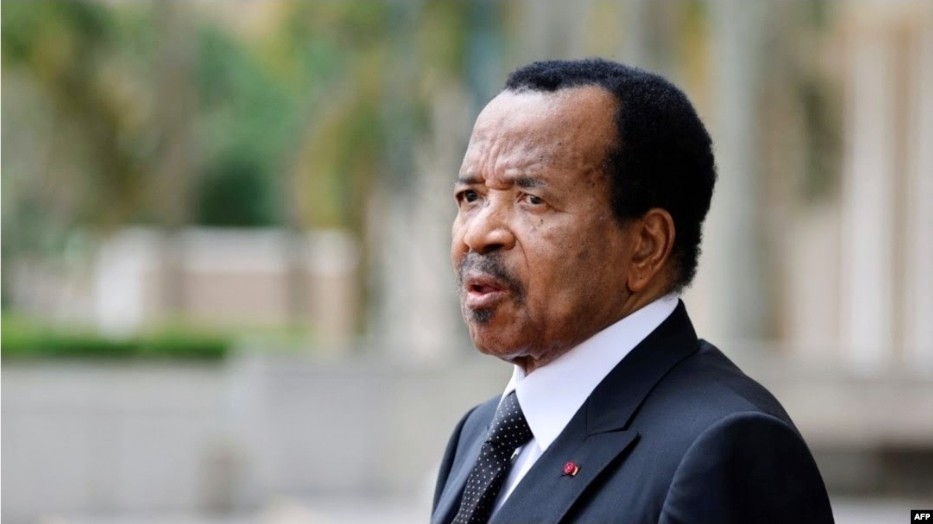
PAUL BIYA – The Long Shadow of Yaoundé (Cameroon 🇨🇲 1982–present)
Cameroon’s aging leader, the oldest leader in the world, Paul Biya, has presided over one of Central Africa’s most enduring regimes. With GDP per capita at about $1,467 (2023), the country’s economy remains moderate but constrained by inefficiency and mismanagement.
Biya’s government scored 26/100 on the 2024 Corruption Perceptions Index (CPI), reflecting chronic corruption that has stalled development. Political opposition is tightly managed, the judiciary lacks independence, and the media space is carefully policed. Decades later, power and wealth still orbit around the presidency, leaving most Cameroonians struggling to make ends meet.
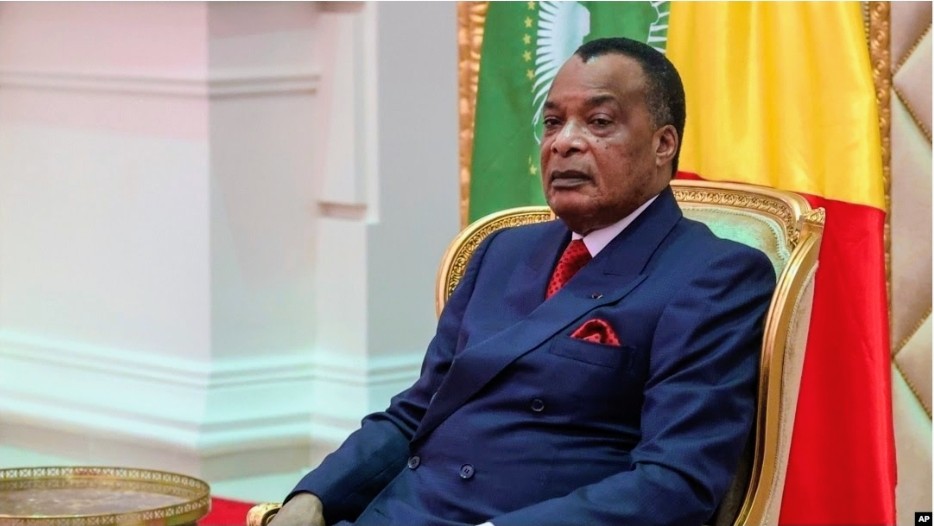
DENIS SASSOU NGUESSO – Back to the Throne (Republic of the Congo 🇨🇬 1979–1992, 1997–present)
Few leaders have ruled, lost power, and returned like Sassou Nguesso. His oil-rich Republic of the Congo ranks near the bottom on corruption, scoring 23/100 (2024).
Despite its natural wealth, economic gains rarely reach citizens; the economy rises and falls with oil prices. Justice remains under political control, and civic freedoms are constrained. Ordinary Congolese still face poor infrastructure, unemployment, and rising debt -stark contrasts to the opulent lifestyles of those in power.
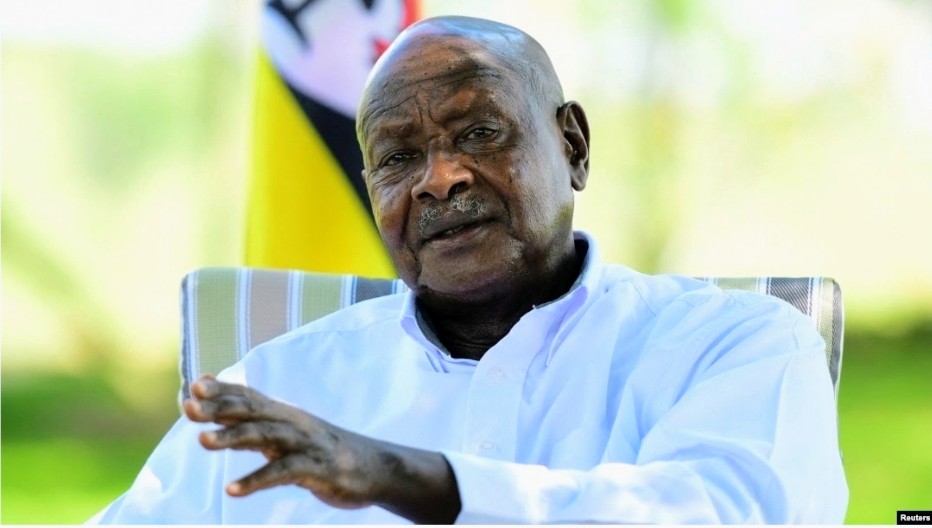
Yoweri Museveni – The Liberation Hero Turned Strongman (Uganda 🇺🇬 1986–present)
Museveni began as a reformist liberator, but four decades later, he governs a country where corruption is routine and opposition voices are stifled. Uganda’s GDP per capita stands around $1,100, reflecting steady but uneven growth. Its CPI score of 26/100 (2024) shows persistent graft in public institutions.
The economy has modernized somewhat through infrastructure and agriculture, yet civic and press freedoms have steadily eroded. For many Ugandans, prosperity remains a promise rather than a reality.
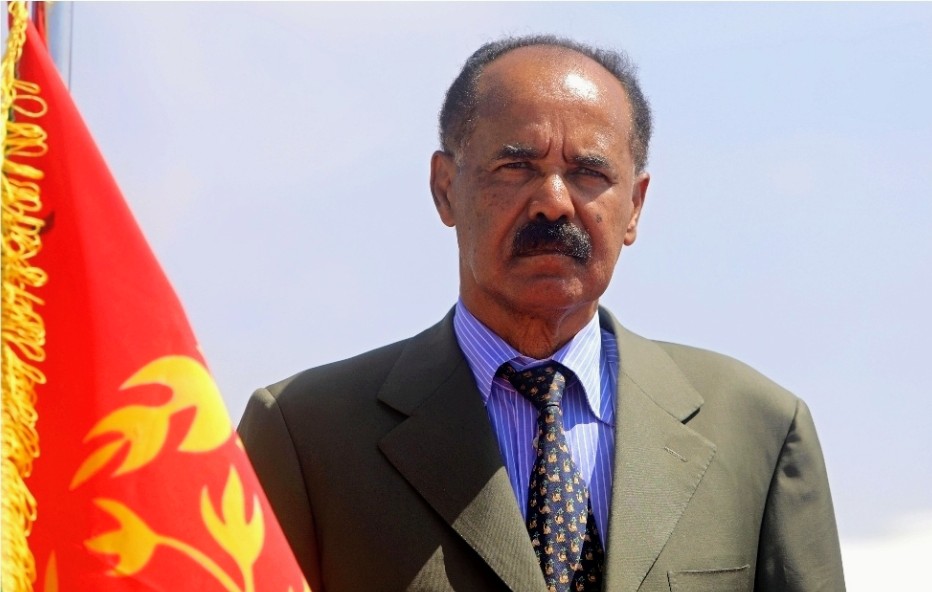
ISAIAS AFWERKI – The Hermit Ruler (Eritrea 🇪🇷 1993–present)
Eritrea is often described as Africa’s North Korea -isolated, militarized, and opaque. GDP per capita is estimated below $800, and reliable data is scarce. Human-rights watchdogs rank Eritrea among the world’s most repressive regimes, where dissent is punished and citizens live under indefinite national service.
Transparency International places it near the very bottom of global corruption rankings. Afwerki’s regime controls nearly every aspect of life, and the people see little hope of either freedom or fortune.
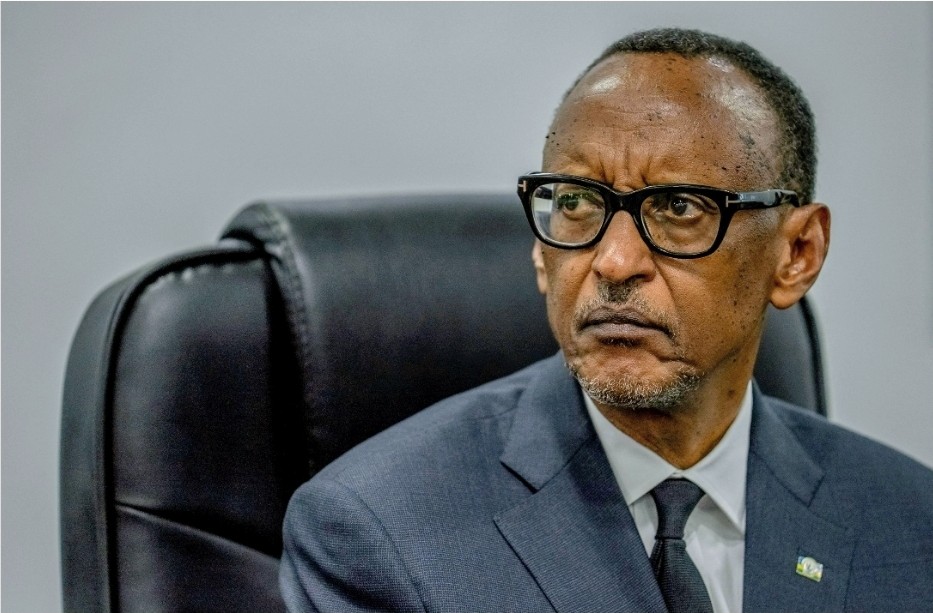
PAUL KAGAME – “The disciplined visionary or iron-fisted reformer?” (Rwanda 🇷🇼 2000–present)
Paul Kagame has led Rwanda for over two decades, earning global praise for transforming a nation once torn by genocide into one of Africa’s most orderly and fastest-growing economies.
Rwanda’s GDP per capita stands around $950 (2024), backed by consistent growth averaging 6–8 % a year, according to World Bank data. The streets are clean, corruption is rare by regional standards. Rwanda scored 53/100 on the 2024 Corruption Perceptions Index, among Africa’s best.
However, beneath this economic shine, justice and human-rights organizations point to a darker side: limited political freedom, surveillance, and suppression of dissent. Kagame’s administration has built a culture of discipline and efficiency, but also one of fear. While Rwanda is relatively prosperous compared to its tragic past, critics argue much of the nation’s stability comes at the cost of liberty – a tradeoff Kagame shows no sign of reconsidering.
AFRICAN LEADERSHIP
ZIMBABWE’S RULING PARTY TO EXTEND MNANGAGWA’S TERM TO 2030
LITTLE ITALY SURMONS AFRICAN LEADERS TO ROME
TOP 5 HIGHEST PAID AFRICAN LEADERS
TOGO ROCKED BY YOUTH-LED PROTESTS AS LEADER EXTENDS RULE THROUGH CONSTITUTIONAL CHANGE



